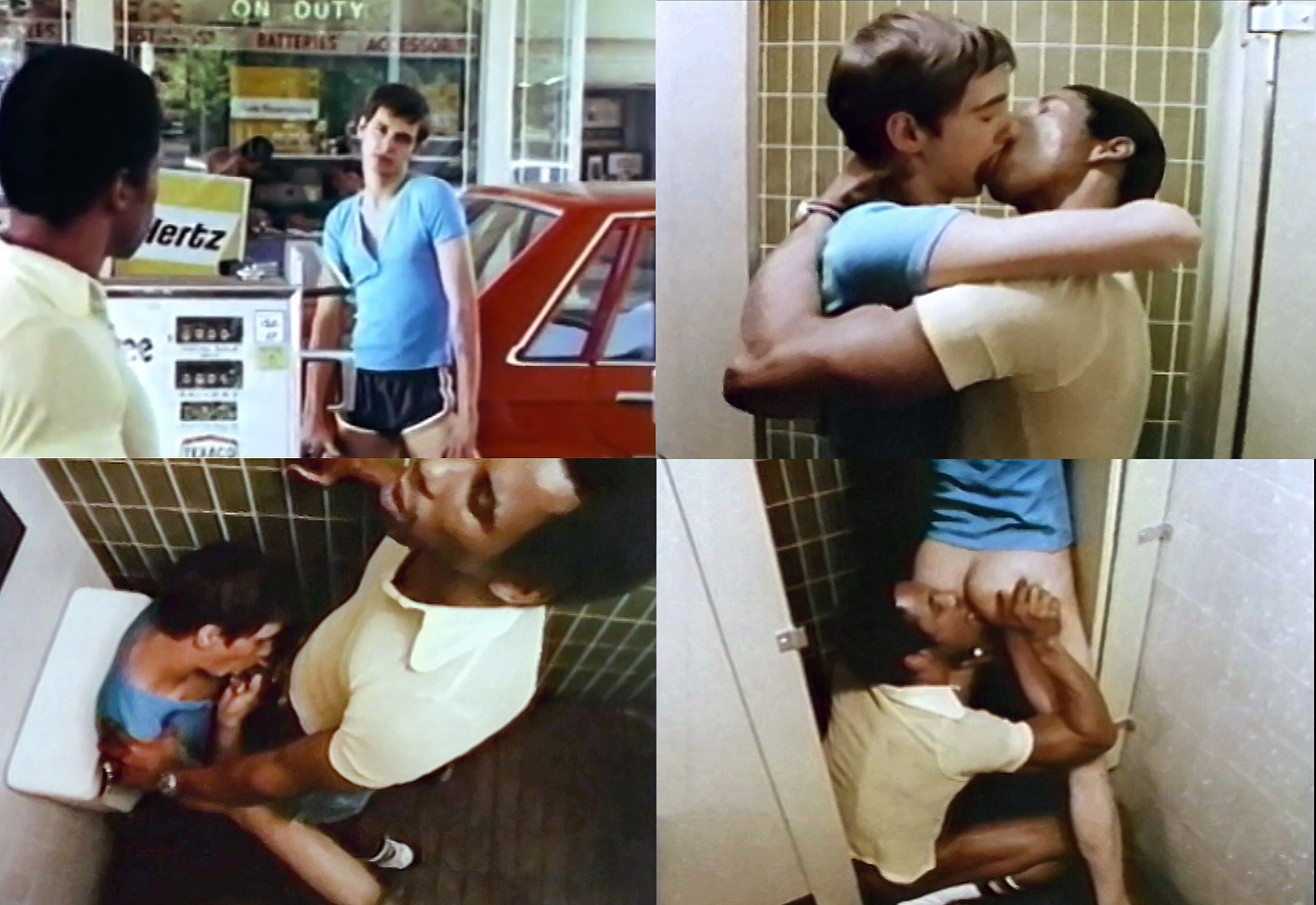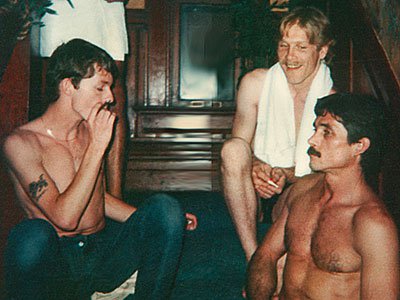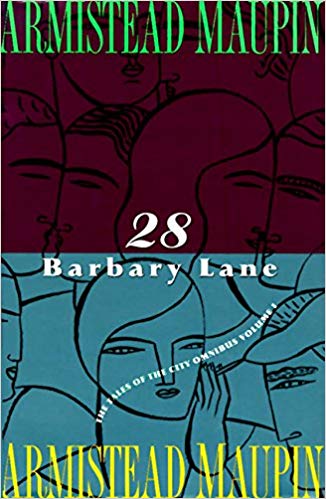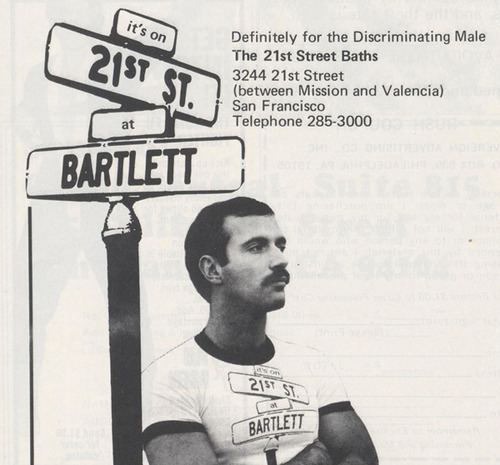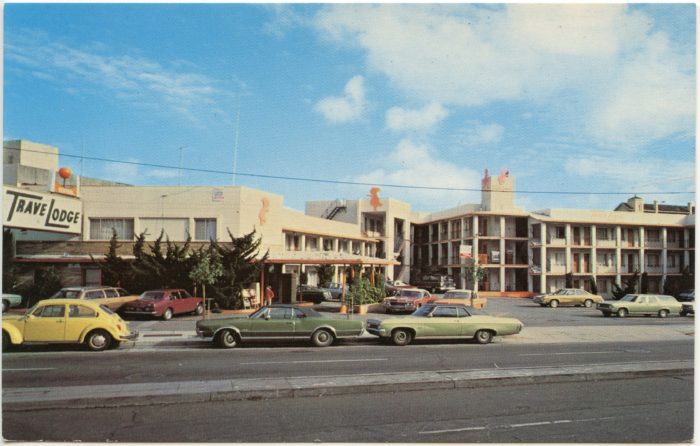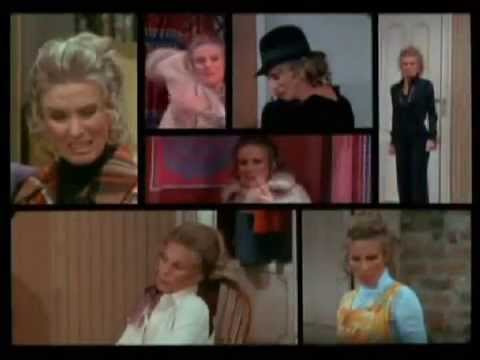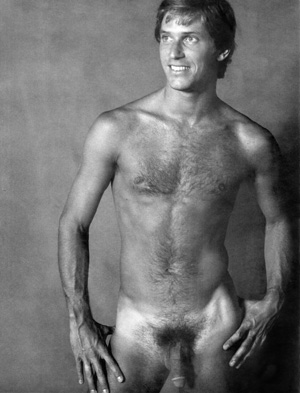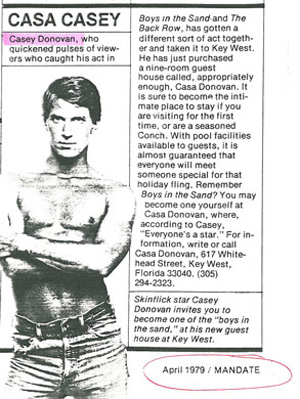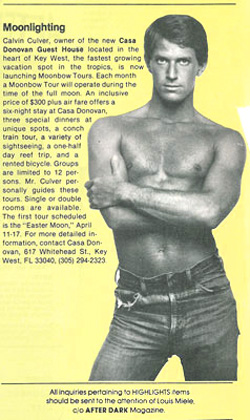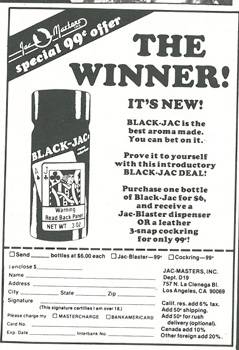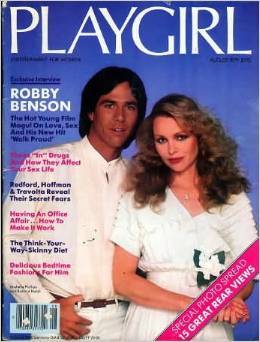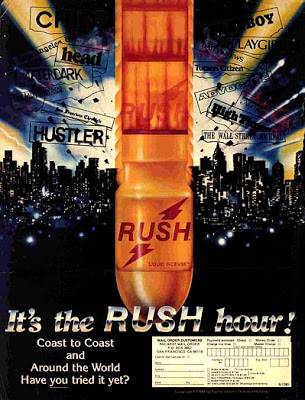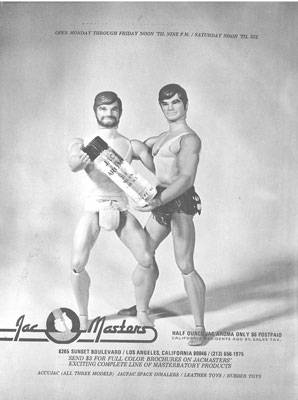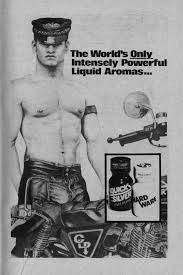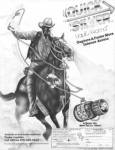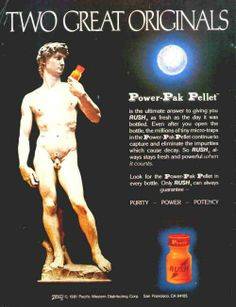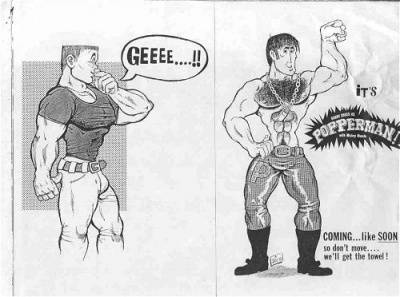By Will Seagers
It was 1977, some four months since I had moved to San Francisco, and had proverbially tied the knot with my partner Tom. Of course, it was a personal bond since gay marriage didn't exist yet. Tom suggested we go to Palm Springs to celebrate Valentine's Day and have a Honeymoon! I had already heard that Palm Springs was a great place for a winter retreat and a "gay adventure" so I said sure!
Tom was already familiar with Dave's Villa Capri in Cathedral City... a legendary gay resort just outside Palm Springs. Little did I know what a surprise I was in for! So, we booked a flight on PSA and made our reservations for Dave's.
It was a great layout with a pool, sauna and well appointed "cabanas." Our cabana was centrally located between the pool and the sauna. One could feel the very heavy sexual undercurrent permeating the place. After settling in and having lunch with cocktails, a quick "bain de soleil" by the pool, some time in the sauna was next.
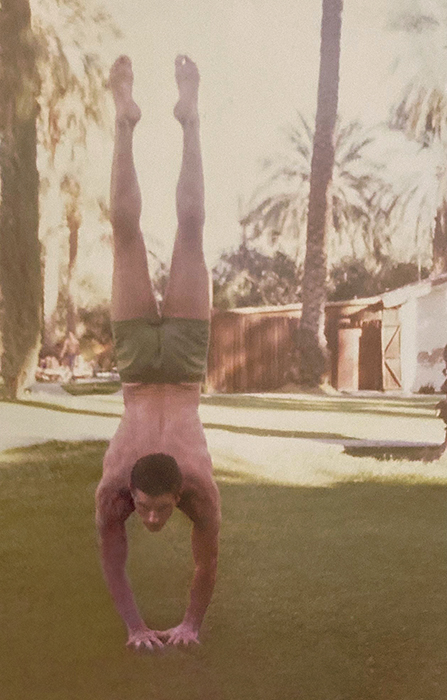
Will Seagers doing a handstand in between the pool and the sauna, 1977 (Photo Credit: Will Seagers)
Oh boy... lots of friendly commotion was to be had in there. It was like a combination of some of the best bath houses that I had ever been to. Tom walked in and found me "busy"... and joined right in. (We were a pair but had an open relationship.) The sauna was a 24 hour service... only shut briefly for maintenance.
After that busy afternoon of travel, arrival and getting acquainted with the place, a nap was in order (or so I thought!). Our arrival hadn't gone unnoticed. A knock on our door. A very handsome man smiled an introduced himself. Without hesitation in he came and we started a free for all on our wonderful king sized bed. (That bed sure did get a work out during our stay!)
The most magnificent memory I have was one afternoon, a few days into our stay, there were quite a few knocks on the door. We had piled up a HOT mass of writhing men with me on the top! In my most decadent self in the midst of all of this sexual play, I was looking out the window for more! This was the decadence of the 70s in its full glory! BTW, being recognized at this early point in my career was the probable cause for the body pile ups in our cabana.
There were notable guests during our stay at the "Villa," as well. Divine had to top the list. I immediately recognized her from Pink Flamingos and other early movies. Little did I know that my other half, Tom, knew her personally and had been a roommate in a commune together earlier in the 70s. Divine was at (or should I say in) the pool not in wig or makeup... but, in total character! She was eating potato chips in this pool and for a little shock value regurgitating them back out on the surface of the water! Although it doesn't come near the ending of Pink Flamingos with the poodle, it did leave an indelible memory nonetheless!
I am sad to say that I never made it back to the "Villa." But, this was one experience that I will never forget!
Bio of Will Seagers:
Will Seagers (also credited as Matt Harper), within his multifaceted career and participation in numerous gay communities across the country in the '70s and '80s and beyond, worked as a print model and film performer. He made iconic appearances in releases from Falcon, Hand in Hand, Joe Gage, Target (Bullet), J. Brian, Steve Scott, and more, including in lead roles in major classics like Gage's L.A. Tool & Die (1979) and Scott's Wanted (1980). He brought strong screen presence and exceptional acting to his roles and was scene partners with many fellow legends of classic porn.
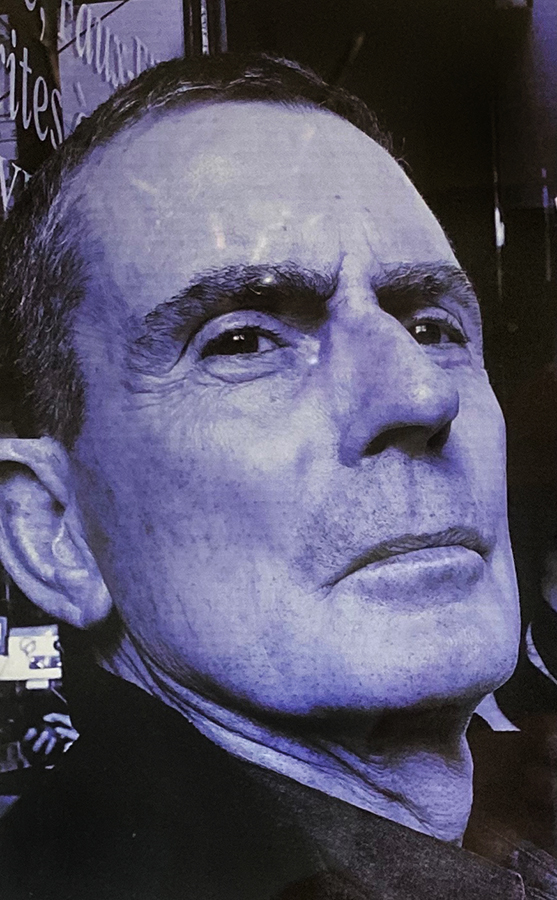
You can read Will Seagers' previous blogs for Bijou here:
Welcome Matt/Will
What's For Dessert?
On and Off the Set of L.A. Tool & Die
Wanted, Weekend Lockup and Weekends in Hermosa Beach


